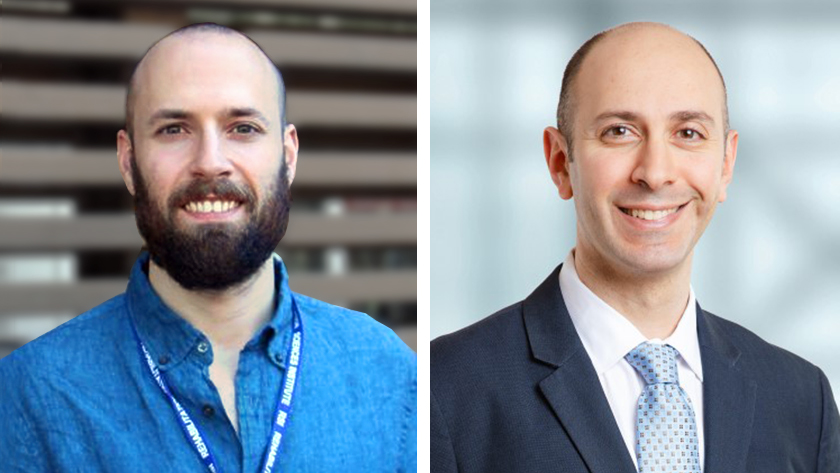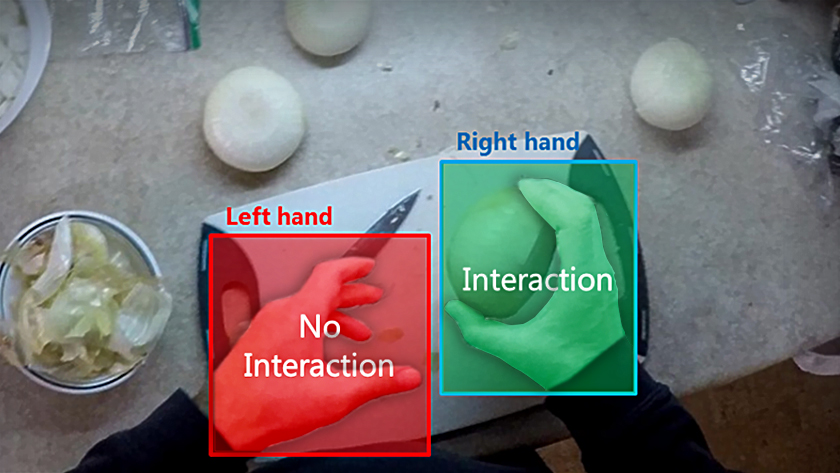
A team at UHN’s KITE Research Institute has developed a low-cost approach to assess patients’ recovery of upper limb function following a spinal cord injury.
Recovering the use of one’s arms and hands is key to regaining independence. Because of this, regaining this function is a top priority for individuals who have experienced spinal cord injury.
Health care providers typically assess arm and hand recovery by observing patients in the clinic while they interact with objects to complete standardized tasks. Unfortunately, it is difficult to fully evaluate a patient’s recovery in these short sessions. Furthermore, these in-clinic assessments do not always reflect what a patient experiences at home and in the community.
To address this issue, researchers led by KITE Senior Scientist Dr. José Zariffa are taking advantage of widely available and inexpensive cameras to record how patients use their hands and arms in their day-to-day activities.
“In order to develop rehabilitation interventions that meaningfully improve function, we need more accurate ways to measure limb function,” Dr. Zariffa explains. The team achieved this by developing a system that can assess hand and arm function by automatically analyzing videos that patients captured using head-mounted cameras.
“The advantage of head-mounted cameras is that their movement follows the user’s attention and naturally focuses on the hands and manipulated objects,” says Dr. Andrea Bandini, a former postdoctoral researcher at KITE and the first author of the study. “Using computer vision, we can extract objective measures of hand function from these videos to get a clear sense of how patients are doing outside the clinic and how we can best support their recovery.”
The team tested the system in a group of 20 participants with spinal cord injuries, collecting an average of 204 minutes of video across several days for each person. The video processing software evaluated how long each person interacted with objects and which hand they used.
The researchers found that better hand function, measured using objective ratings such as the Upper Extremity Motor Score, were associated with more time spent interacting with objects. They also discovered that a higher number of hand-object interactions was associated with better hand sensation recovery.
“This study looked at the amount of hand use and how this relates to changes in motor and sensory function. Our future studies will build on this system and add nuance to what we can detect—such as which grasp types are being used. This will enable us to get an even clearer picture of hand function—leading the way to more targeted rehabilitation strategies,” concludes Dr. Zariffa.
This work was supported by the Craig H. Neilsen Foundation and the UHN Foundation. Dr. José Zariffa is an Associate Professor at the University of Toronto’s Institute of Biomedical Engineering.
Bandini A, Dousty M, Hitzig SL, Craven BC, Kalsi-Ryan S, Zariffa J. Measuring Hand Use in the Home after Cervical Spinal Cord Injury Using Egocentric Video. J Neurotrauma. 2022 Dec. doi: 10.1089/neu.2022.0156.

Egocentric videos—videos taken from one’s own perspective—combined with automated video-processing software are overcoming limitations associated with traditional clinical assessments. Image courtesy Dr. Zariffa.




